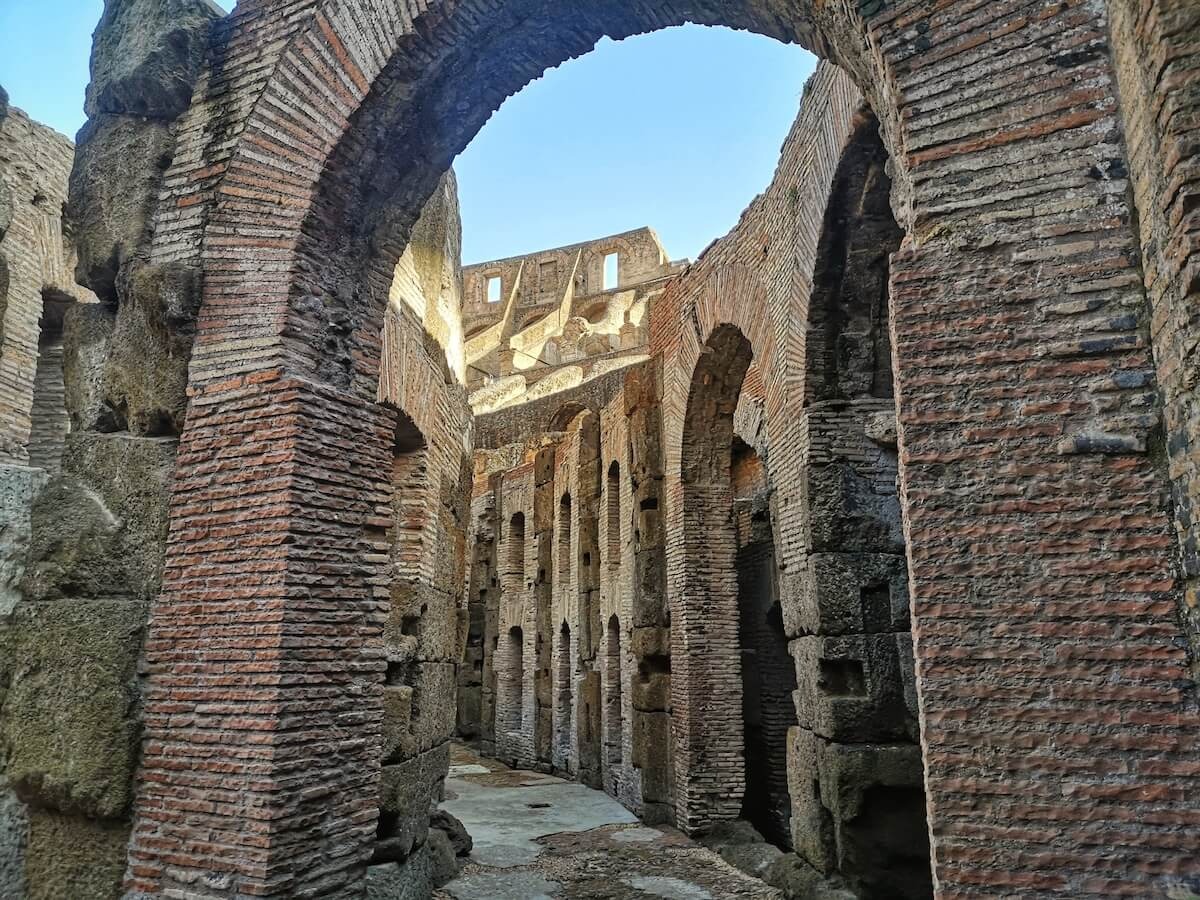The Underground Of Colosseum: The Last Place Gladiators Stayed Before Entering The Arena To Fight For Their Lives
The Colosseum, an iconic symbol of ancient Rome, stands as a testament to the grandeur and complexity of Roman architecture and engineering.
This colossal amphitheater was constructed under the Flavian emperors.
It was built on the grounds of what was once Emperor Nero’s opulent Golden House.
Today, the Colosseum is not just a marvel of ancient engineering but also a living symbol of Rome’s enduring legacy.
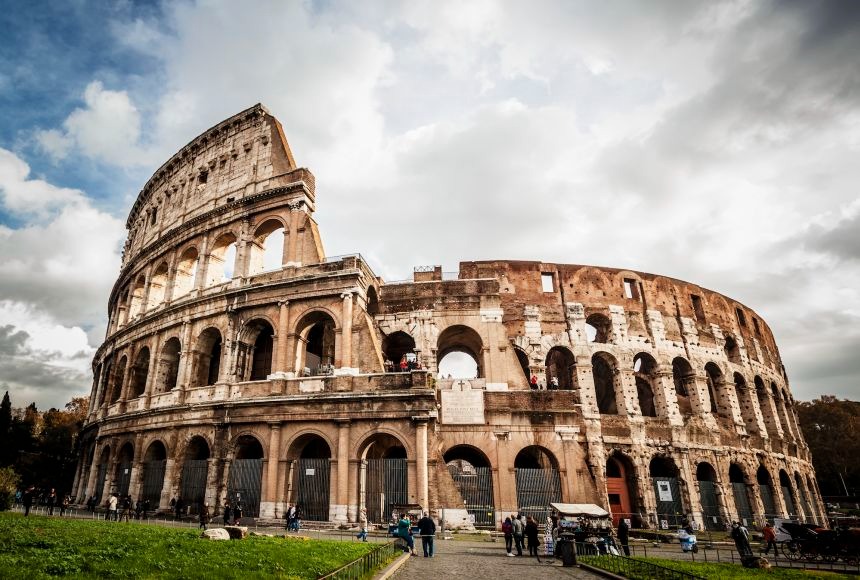
How was it built?
Construction of the Colosseum started between 70 and 72 CE under Emperor Vespasian, the founder of the Flavian dynasty.
It was built on the site of an artificial lake that was part of Nero’s lavish Golden House.
Because Vespasian had risen from modest beginnings, he wanted to replace Nero’s private luxury with a grand public arena.
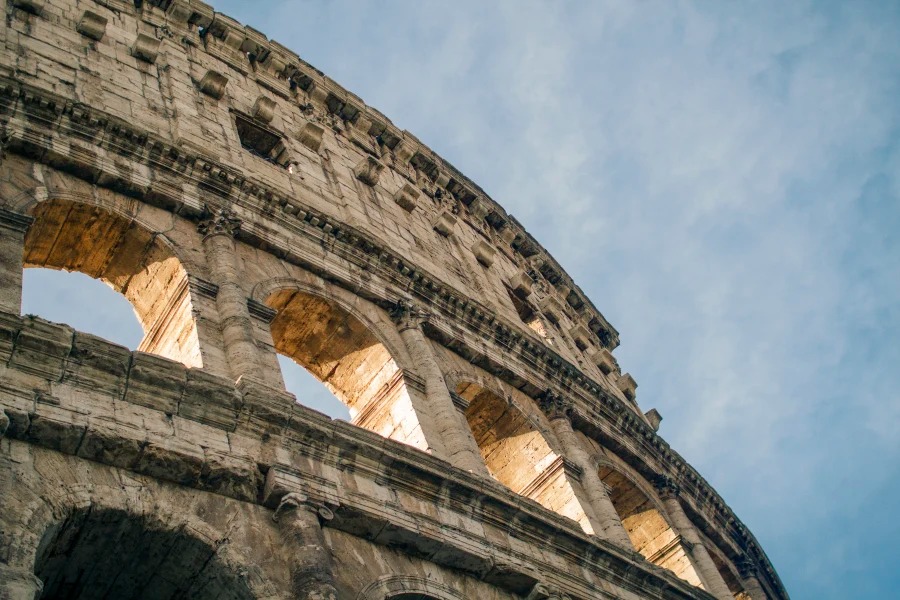
The Colosseum was officially opened in 80 CE by Vespasian’s son, Titus, in a grand ceremony that lasted 100 days and showcased various games and spectacles.
Domitian, Vespasian’s successor, completed the construction in 82 CE by adding the uppermost story.
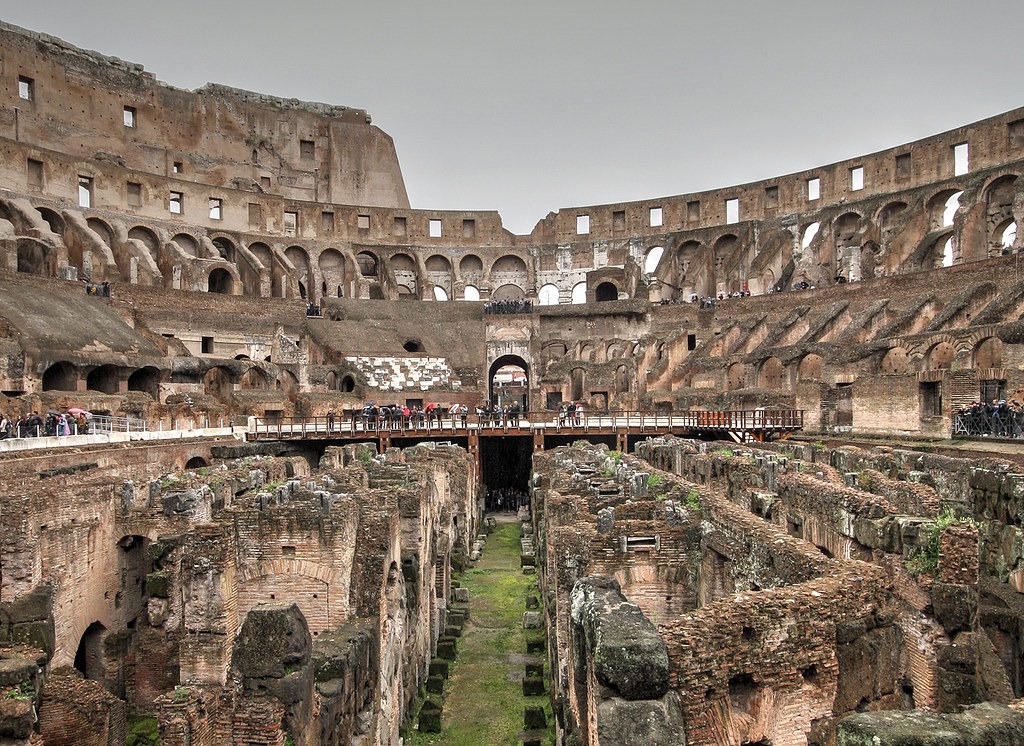
Architectural Features
The Colosseum is a freestanding structure, unlike earlier amphitheaters which were typically built into hillsides for added support.
It measures 620 by 513 feet (189 by 156 meters) and features three stories of arches supported by columns in Doric, Ionic, and Corinthian styles.
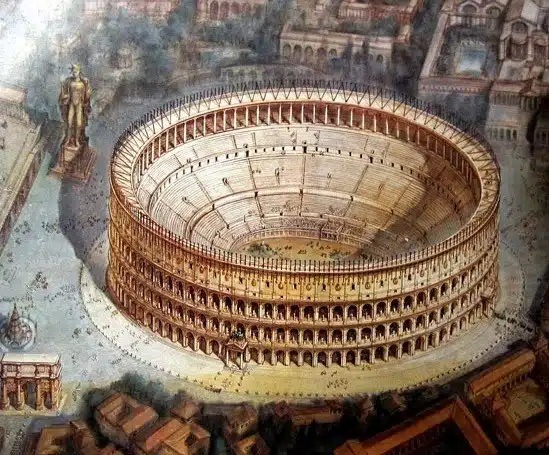
The main parts of the Colosseum are made from travertine stone, while volcanic tufa and concrete are used in other sections.
The amphitheater could hold up to 50,000 spectators, all protected from the sun by a massive retractable velarium.
Masts extending from the attic story and hundreds of Roman sailors were required to maneuver the rigging of this awning.
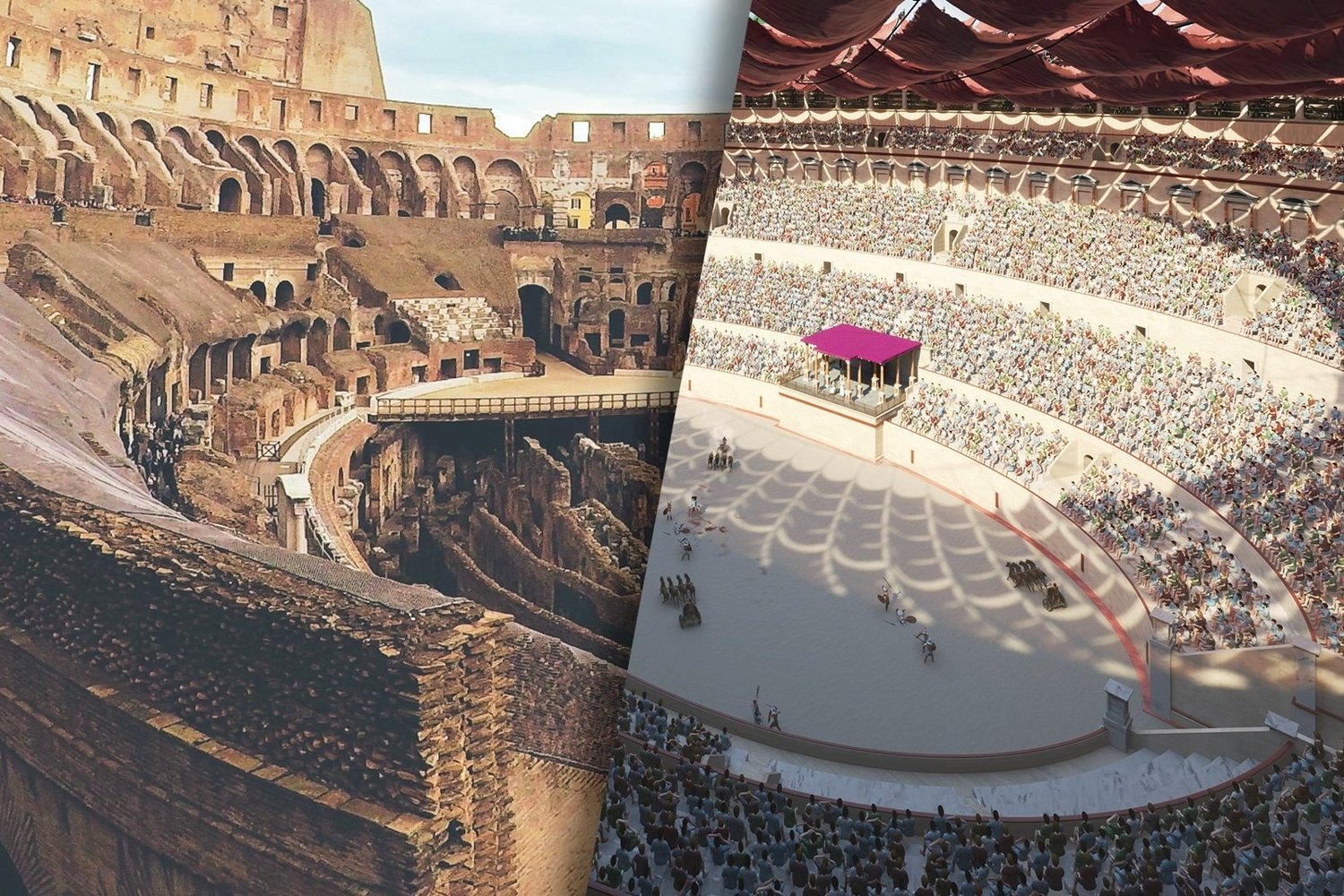
What was the Roman Colosseum used for?
The Colosseum was famous for its spectacular events, including gladiatorial contests, animal hunts, and even mock sea battles.
These events were meant to entertain the public and demonstrate Roman power and engineering skills.
There is no solid evidence that early Christians were martyred here, despite popular belief.
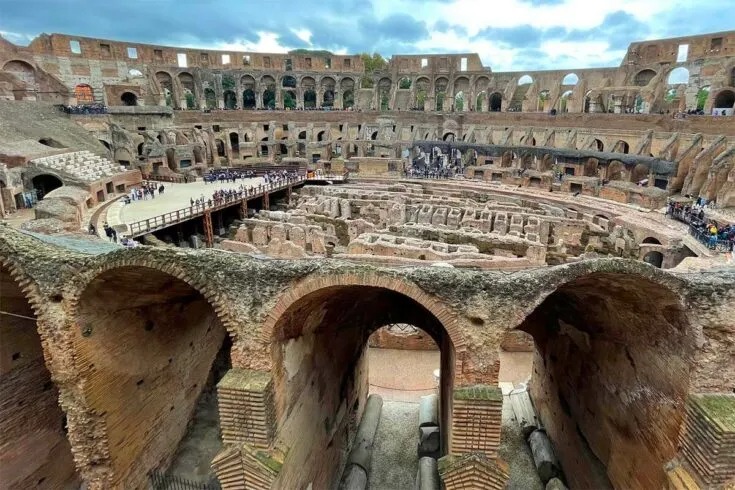
In the Middle Ages, the Colosseum was used as a church and later as a fortress by prominent Roman families of the Frangipane and Annibaldi.
It suffered extensive damage from lightning, earthquakes, and vandalism.
For over a millennium, it was treated as a quarry, with much of its marble removed for other buildings.
The Hypogeum: The Underground of the Colosseum
Beneath the Colosseum lies the Hypogeum, a complex network of tunnels and rooms that played a key role in the ancient Roman games.
The word “Hypogeum” means “underground,” perfectly describing this hidden part of the Colosseum.
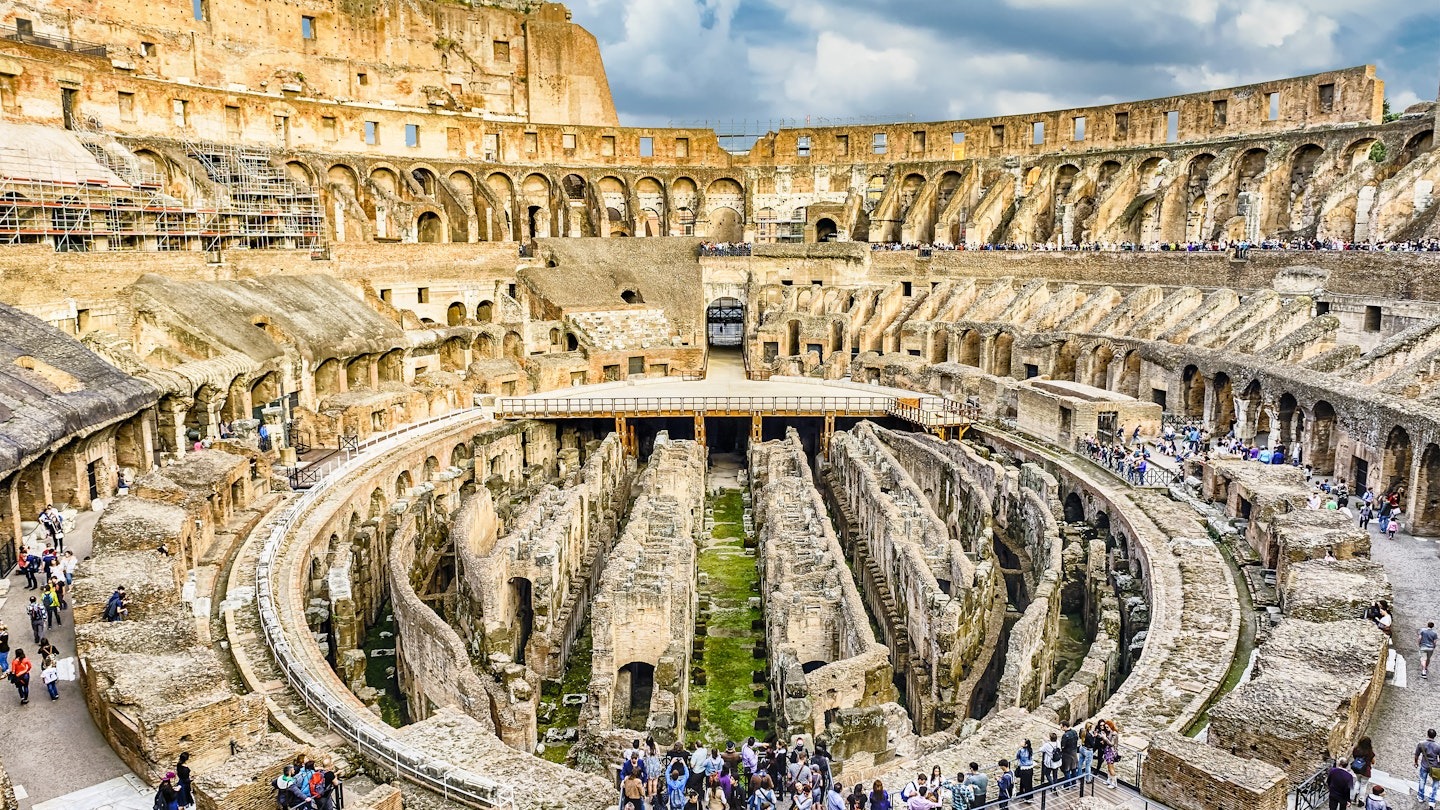
Structure and Design
The Hypogeum had two main levels of tunnels and passageways.
It featured 32 animal pens and areas for gladiators and performers.
This underground maze was designed to make the games exciting and dramatic.
Vertical Shafts and Trapdoors
One of the most amazing features of the Hypogeum was its 80 vertical shafts.
These shafts allowed animals, scenery, and gladiators to be quickly lifted to the arena floor, creating sudden surprises for the audience.
There were also 36 trapdoors on the arena floor used for special effects, like making animals or gladiators appear out of nowhere.
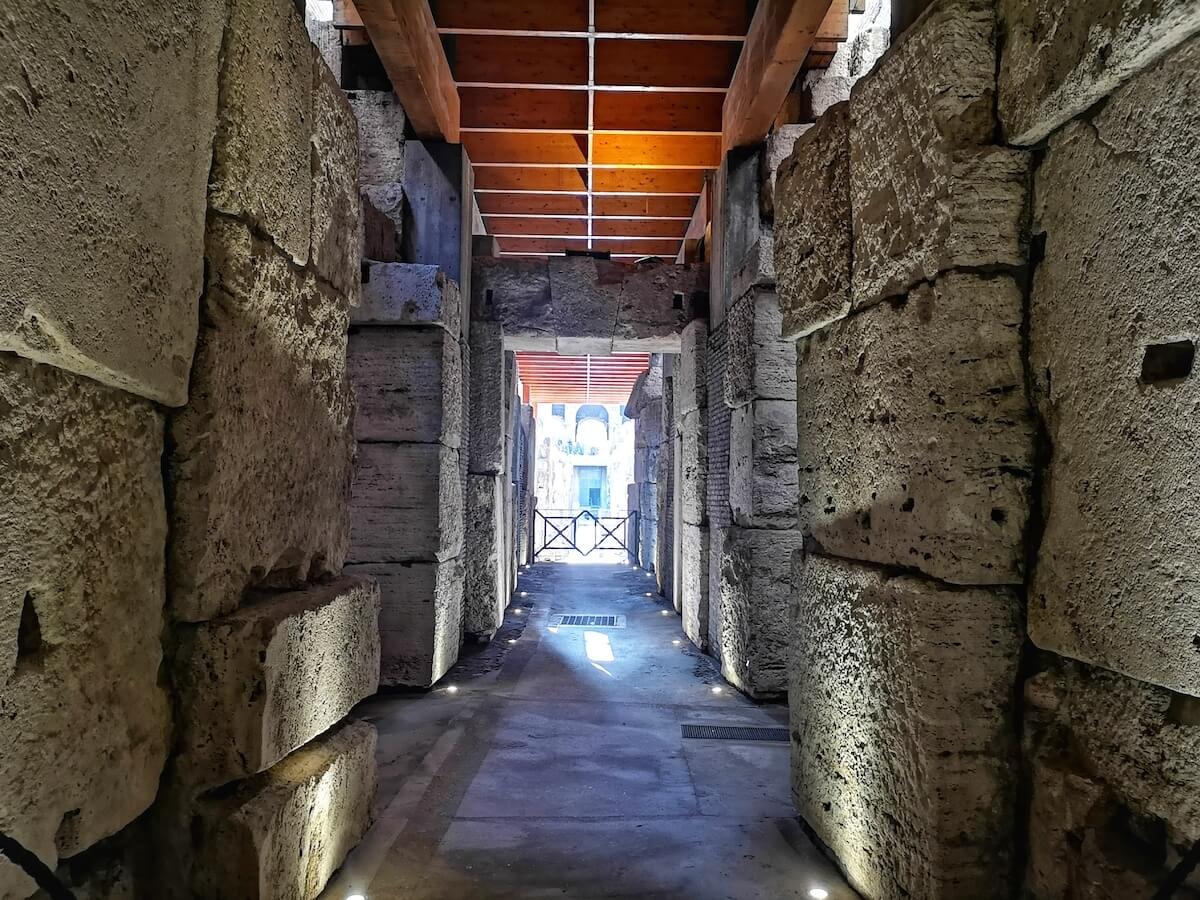
Housing the Beasts
The Hypogeum housed many animals used in the shows, such as lions, tigers, bears, elephants, and even crocodiles.
These animals were kept in small spaces until it was their turn to be released into the arena to face gladiators or other animals in fierce battles.
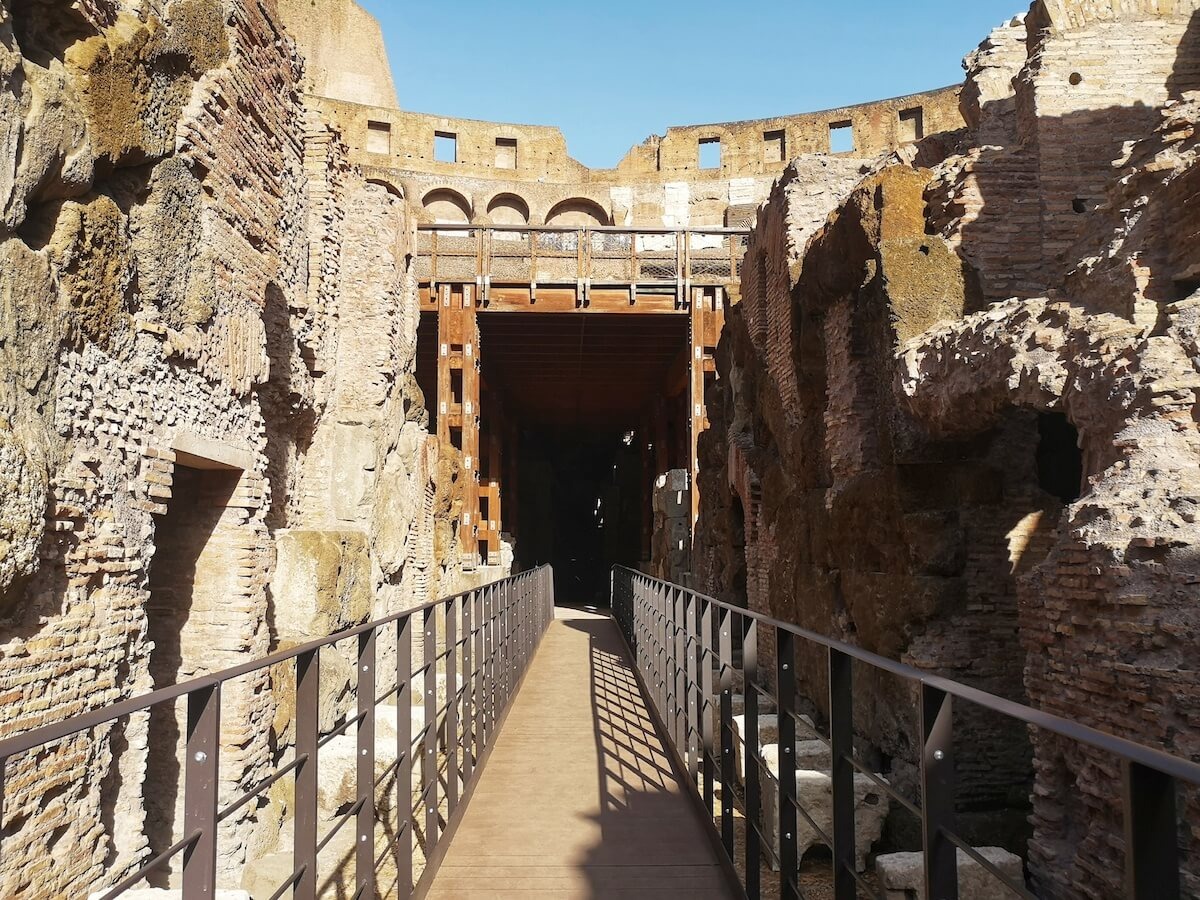
Gladiators and Performers
For the gladiators, the Hypogeum was a waiting area.
They stayed in dimly lit rooms, preparing themselves for their fights.
This underground world was the last place they stayed before entering the arena, often to fight for their lives.
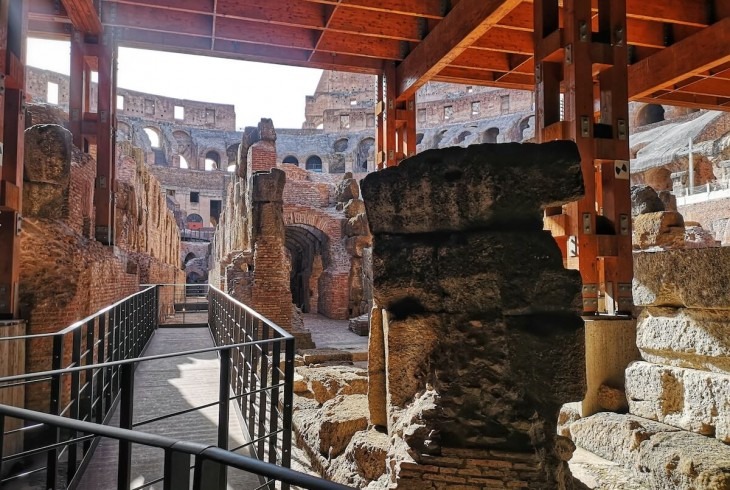
Engineering Marvel
The engineering of the Hypogeum was very advanced for its time.
It used a system of pulleys, winches, and lifts to manage the complex shows with great precision.
This showcased the impressive skills of Roman builders.
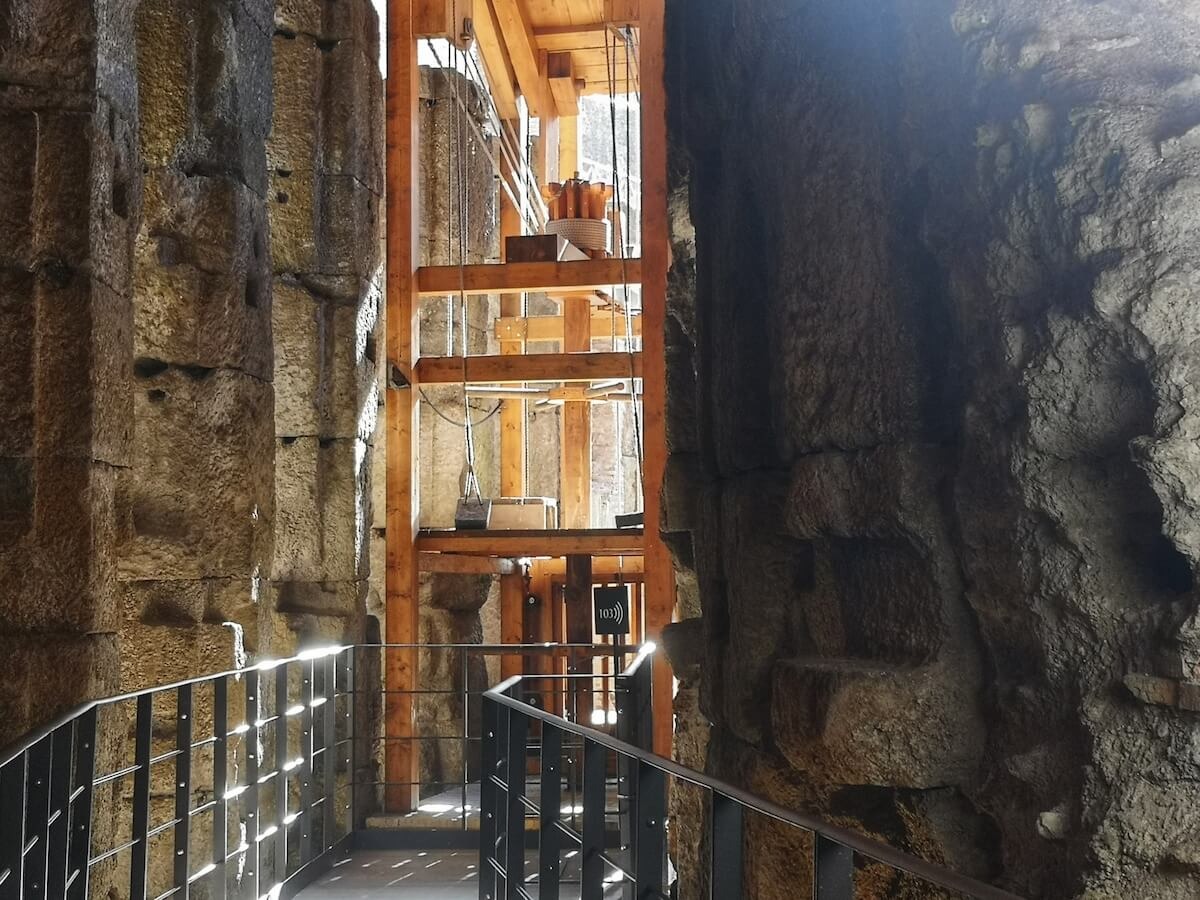
Preservation
Efforts to preserve the Colosseum began in earnest in the 19th century, spearheaded by Pope Pius VIII.
The 1990s saw significant restoration projects aimed at conserving this monumental edifice.
In recent years, the Colosseum has seen a major restoration plan that has been well-received.
The Italian government has allocated significant funds to rebuild the arena floor, aiming to restore the amphitheater to its former glory.
This project includes installing a new retractable floor, which replicates the original wooden and sand surfaces used in ancient times.
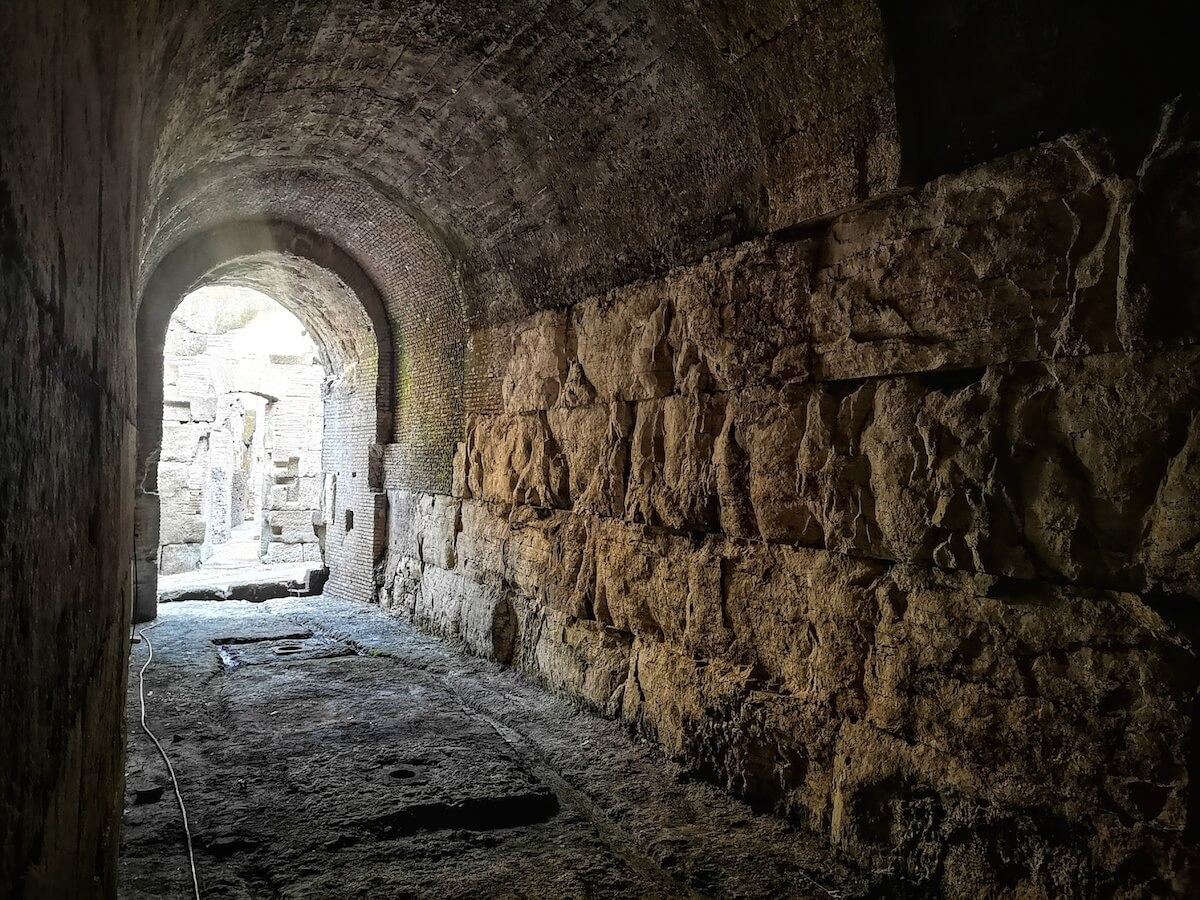
The restoration project, announced by Culture Minister Dario Franceschini, has a budget of about €18.5 million (around $20.2 million USD).
The goal is to bring back the arena’s look from the past while making it suitable for modern events like concerts and theater productions.
The new retractable floor will also help protect the ancient underground tunnels, or hypogeum, from the elements.
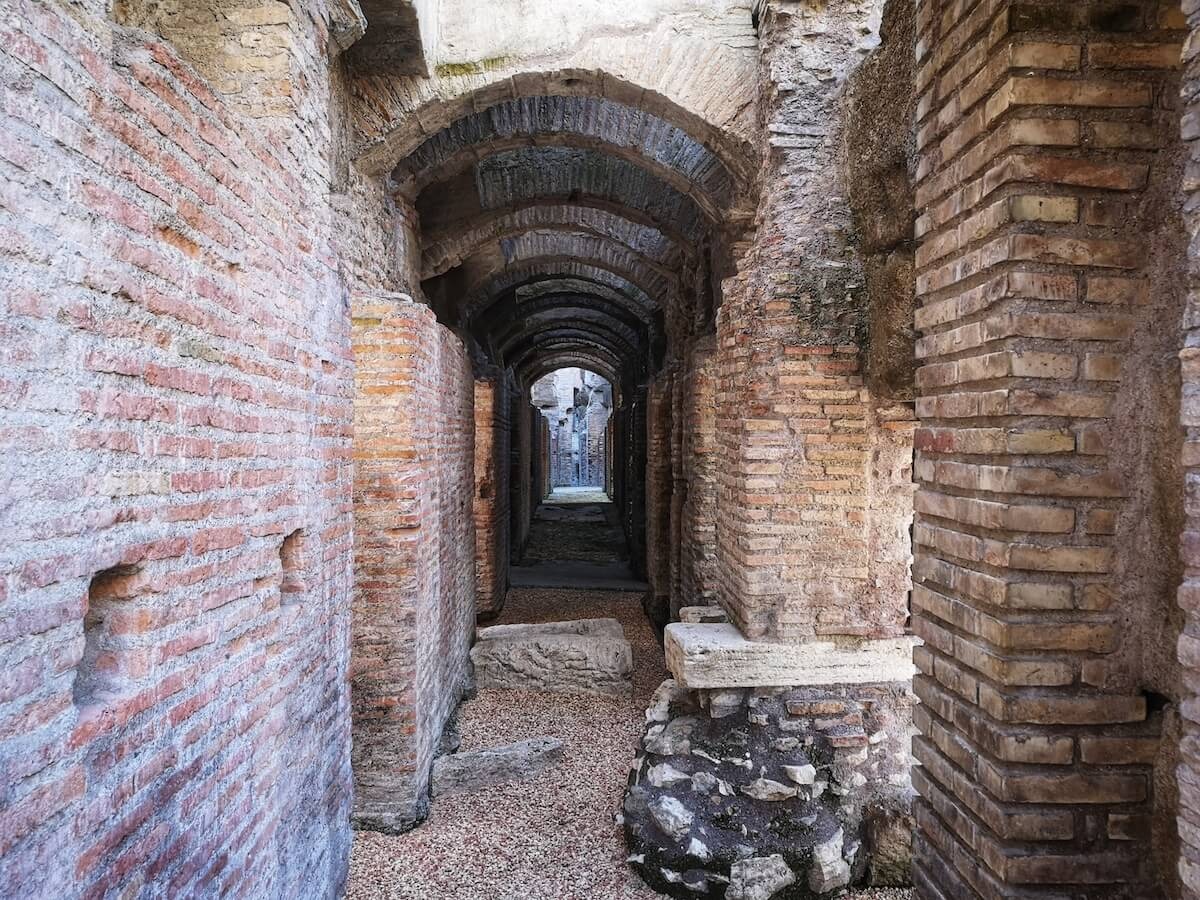
The hypogeum was a maze of tunnels and chambers beneath the arena floor, used to house gladiators, animals, and stage props.
The new floor will feature replicas of the trapdoors and lifts that once allowed for dramatic entrances during ancient games.
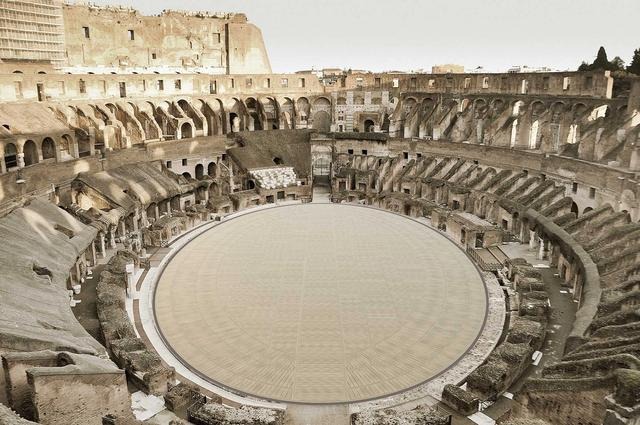
This restoration project financed by the Italian fashion company Tod’s and involving 81 archaeologists and experts began in 2018.
The restoration of the Colosseum’s underground section has been completed.
As of July 2023, the underground section is fully open to the public, allowing visitors to explore the intricate passageways and chambers where gladiators and animals were kept before their battles in the arena.
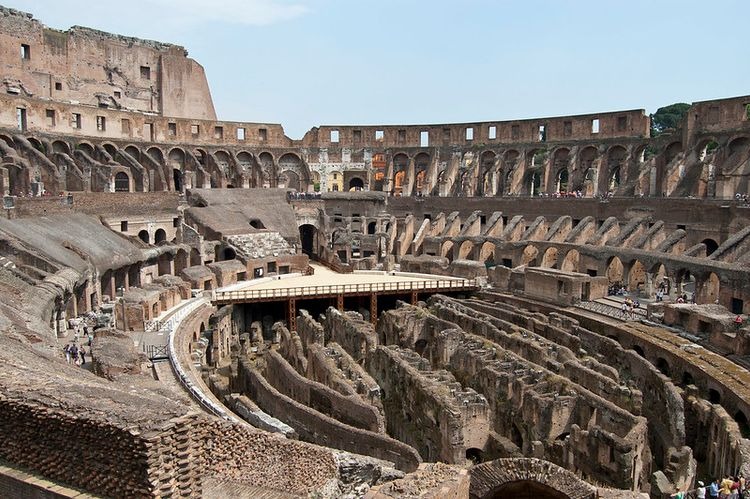
Today, the Colosseum attracts nearly seven million visitors annually and serves as a major tourist destination.
It hosts changing exhibitions that delve into the culture and history of ancient Rome, continually connecting modern audiences with the grandeur of the past.


